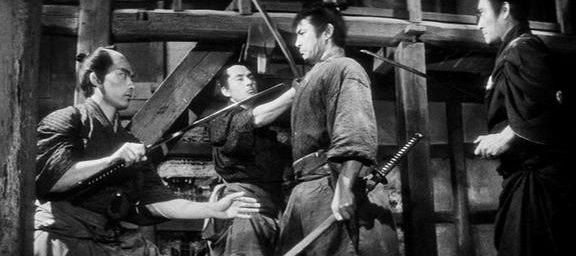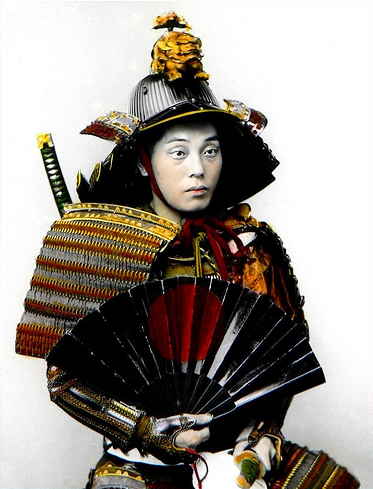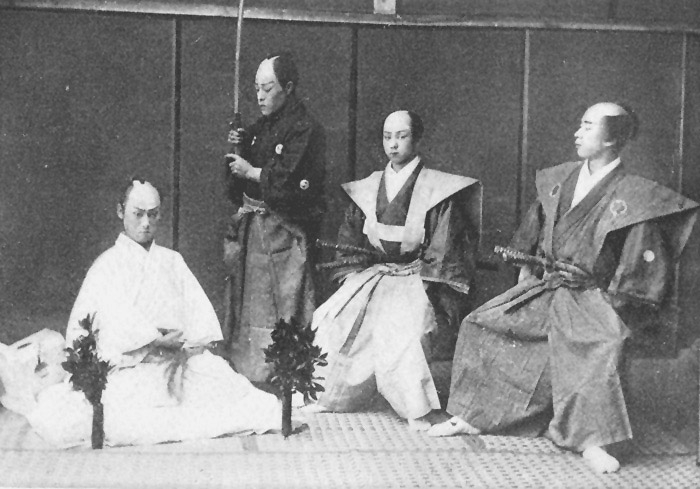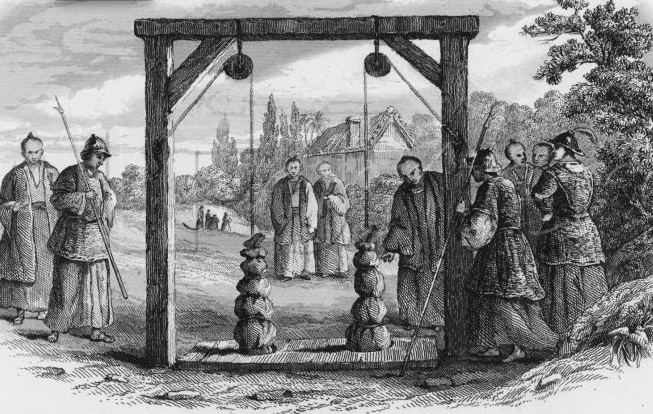
The United States is a democracy, while medieval Japan was a police state ruled by the shogun. That accounts for many of the differences in law and order, crime and punishment. In medieval Japan, there was not even a pretense of equal justice for all. Civil rights didn’t exist. That makes it easy for me as an author. If Sano wants to torture a suspect he’s interrogating (FYI, he never actually does), the suspect can’t file a complaint and Sano won’t get in trouble. He also never needs a search warrant. There was no such thing as lawyers, jury trials, or “innocent until proven guilty.” A magistrate was judge and jury. If you were arrested for a crime, you would almost certainly be convicted. Incarceration in jail was usually brief, a mere waiting period before a trial soon followed by punishment.


I’d also rather not have my severed head stuck on a post for the birds to peck at and the citizens to ridicule. This was a custom.
I’m always fascinated by the difference in what was considered a crime in medieval Japan versus the United States. Murder was a crime in both societies. Also treason. Those were capital offenses, the most serious. But treason was more broadly defined in medieval Japan. Criticizing or insulting the shogun would get you the death penalty as surely as plotting to overthrow or assassinate him would. By the way, there was no such thing as freedom of speech. Also, no religious freedom. Christianity was outlawed because of its association with foreigners and imperialism. To persuade Christians to renounce their faith and reveal the names of fellow Christians, government persecutors hung them upside down in pits and forced the women to crawl naked through the streets and then threw them into tubs full of snakes that entered their orifices. Forget bans on cruel and unusual punishment. Penalties for other crimes were harsh, too. Arsonists were burned at the stake. Women convicted of theft or other petty crimes were sentenced to work as prostitutes. The double standard was alive and well. Men got away with adultery, whereas cheating wives had their heads shaved and their husbands were granted automatic divorces. Rape wasn’t considered a crime. Neither were incest or child abuse, molestation, or prostitution.

This was not a cozy world.
It is great territory for crime fiction.
As an author, I revel in the differences between Japan then and the United States now. I can escape from the police and court procedures we’ve seen a million times in Law and Order episodes. (And no one in medieval Japan ever talks on a cell phone or reads e-mail.) As a reader, I like going to new places where society operates along different lines, events aren’t always predictable, and justice wears an alien face. But although many things are different in medieval Japan, some things remain constant across time and cultures.
There, as well as here, crime doesn’t pay if you get caught.
Images courtesy of Ferdyonfilms, Okinawa Soba, and AllPosters.com
Laura Joh Rowland is the best-selling author of the mystery series set in 17th century Japan that features samurai detective Sano Ichiro. Her fourteenth and latest book in the series is The Cloud Pavilion. Her next, to be released in September 2011 by St. Martin’s Press is The Ronin’s Mistress.

I’ve read a couple of your Sano Ichiro books and this post reminds me that you effortlessly place the reader in an era where the rules of the game are very different.
bruhhhhhh, shut up
ching chong chang don’t burry me asain brudors
republican 🙄
Not likely
you dhut itt
I was researching some feudal Japanese criminal punishments for a project, and imagine my delight when I found this article and who wrote it! Ms. Rowland, I’ve enjoyed your Sano Ichiro mystery series since high school. As a history enthusiast with a particular focus in the Warring States and Edo periods of Japan, your novels are a particular delight! You craft characters believable in context of the time period and beliefs they grew up in, which is a very tricky thing few authors pull off.
Just wanted to let you know on the off chance you see comments on this article, that I love your series and appreciate the care and research you put into them.
don’t wanna get me cut in half dog
This website is not accurate what so ever, samurais did not kill themselves by seppuku in white gowns… no they wore their samurai uniform without the amour, this way they would die in a honorable uniform. :/
Well if you know everything, why are you researching the subject at hand.
how do you know if they are researching
Its Samurai, there is no S whether singular or many, As a matter of fact many did commit Seppuku wearing all white clothes, white in japan represents death, during battle a defeated Samurai would often knee where he was and either stab himself in the stomach or put the blade of his sword on his neck and open his jugular, during the Sengoku Jidai there was no set uniform for the Samurai, for one thing it would cost a heap of money, it wouldnt be till the late 1500s that saw the widespread clan uniforms, many Samurai would look over a battle field and take what he needed, although it was frowned upon, it still happened, so there wasn’t an honorable uniform as you incorrectly mention, take the 47 Ronin, when they were ordered to commit Seppuku they were dressed in white and followed the entire ritual, yes there was even a ritual for killing your self.
There’s a bunch of spelling errors
stfu faggot
why do you guys write rude comments just to put someone done about writing false information. we’re human, we make mistakes. Don’t need to put someone down for making a simple mistake. And your seriously just going to a hate comment on the most boring subject. i’m here on a assignment and i look at the comments, only to be disgraced as to what i saw. to see someone put that much time and effort just to put someone down is just astonishing. i don’t know who or how old you are, and personally i couldn’t care less, but just remember that the person who wrote this, put in so much effort and hard work only to be hated on. its just disgusting. The person who wrote this has feelings and i think its best to respect them instead of tearing them down. And i might be here 2 years later and no one probably is even going to read this but its worth a shot. And yes i am aware that i don’t have the best English but you know what at least i don’t leave hate comments on someones website that they worked hard on. And no this isn’t a hate comment, it’s a reminded to just be nice. if you ever see this, its a sign that you need to change something in your life, whether it be with you or with someone else but please no more hate comments
enjoy your day or night :))))
USA is Constitutional Republic, NOT a Democracy. The word, “Democracy” does not appear in the US Constitution or Declaration of Independence.
We were expressly designed to NOT be a democracy, which is written about in many papers and letters by the Founders. They saw democracy as something that leads to mob rule because history proves this out.
no u bitch
This is over generalised and inaccurate, including the reference to the US. Have you forgotten slavery existed in the US and how slaves were treated?
You also need to put a time reference to the term “medieval Japan”. When in fact are you referring to? Without a timeline, your comments are deceptive and over generalised.
All in all, best to keep your work in the realm of fiction. Otherwise you are just displaying your ignorance of history and fact.
yas